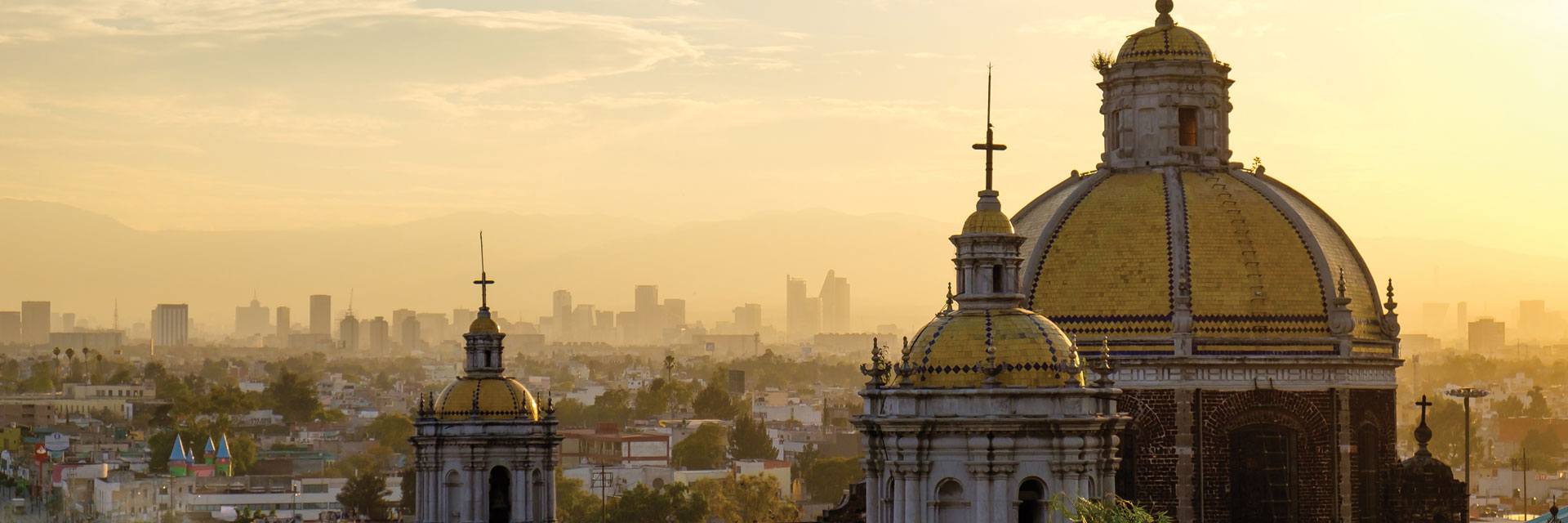
In a world experiencing both economic and political upheaval, North America remains a relative bastion of stability and prosperity globally, with Mexico playing an increasingly important role. Economic growth in particular has been steady, with the International Monetary Fund ranking Mexico as having the 11th highest GDP in the world based on purchasing power parity, and the fifth largest of the ‘emerging markets’ behind China, Brazil, Russia, and India. Trade agreements and a string of key reforms have contributed to the success of the economy, gradually dismantling the perception of Mexico as a third world nation plagued with powerful drug cartels and mass migration to the U.S.
Trade
Over 90% of Mexican trade is carried out under free trade agreements, the most significant being the North American Free Trade Agreement (NAFTA), a trilateral agreement between Canada, Mexico and the U.S. which has been in effect since 1994. In removing the hurdles that inhibited business between the three countries, NAFTA helped liberalise the Mexican economy while aligning it more closely to its northern neighbours. More than 80% of Mexico’s exports go to the U.S, constituting 32% of Mexico’s GDP. According to Antonio Garza, regulatory executive director and senior compliance leader at AT&T, NAFTA has demanded GCs become increasingly multicultural, understanding not only the legal traditions of the USA and Canada but also the business culture. ‘We have had to become fully bilingual and learn the legal jargon. We have had to raise the level of our work product to be up to the highest standards.’ This shift looks set to widen in scope after the three countries entered the Trans-Pacific Partnership (TPP) in 2016, an extended trading bloc with a further nine nations from Latin America and Asia-Pacific.
Industry
Trade agreements have allowed domestic companies to flourish and attract new foreign investment to Mexican industry. Successful domestic companies include Cemex, the world’s largest construction company and FEMSA, the largest independent Coca-Cola bottler in the world. State-owned petroleum giant Pemex remains Mexico’s largest company with recorded revenues of over $117 billion in 2014.
The Mexican automotive sector is a particularly strong global player – the world’s fourth largest exporter of light vehicles and still growing, with foreign car makers committing over $24 billion worth of investment in Mexico over the coming years. A combination of cheap labour and a developed network of suppliers has attracted major companies like Volkswagen, BMW, Renault-Nissan, Hyundai-Kia, and Toyota to build new car plants in Mexico before 2020, adding to the 16 plants already established.
With car components going back and forth across the U.S. border as part of the assembly process, in addition to increasingly stringent environmental rules for vehicles being introduced, there is plenty of work for GCs to grapple with. ‘You have to manage different labour conditions, but also manage all trade situations and certifications, so that agile commercial routes are not affected and you can do things on time, which is very important in this industry’ says Luis Lozano, general counsel, institutional relations manager and compliance officer at Toyota Motor Sales de México.
Banking
Mexico was able to recover from its mid-90s currency crisis after an improved regulatory landscape was adopted and a number of major acquisitions by foreign banks such as Citigroup, BBVA and HSBC. Operating essentially as foreign subsidiaries of the parent bank, GCs at these institutions are constantly faced with managing regulations in both Mexico and their home jurisdiction. Further reforms were introduced by the Mexican government in 2014 addressing, among other things, bankruptcy laws, financial intermediaries and capital requirements. As financial institutions work to anticipate and adapt to the reforms, GCs are required to facilitate changes in business strategy. According to Guillermo García San Pedro, legal director at Banamex, ‘the idea behind these reforms was to improve banks’ participation in the Mexican market and encourage them to invest more in smaller Mexican businesses. For Banamex this has been a very positive move – we have made it part of our strategy to originate more loans into the market, so any reform that encourages this will be welcome.’
Future outlook
Being more dependent on a robust industrial sector (rather than commodities) has allowed Mexico to sustain its growth more successfully than its Latin American neighbours. As manufacturing activity and investment continues to increase, Mexico will benefit from both the predicted strengthening of the U.S. economy and the opening of new export markets under the TPP. Commentators are optimistic about Mexico’s development over the next year and a half with the OECD projecting real GDP to grow in excess of 3% in both 2016 and 2017. Meanwhile the government is focused on fiscal consolidation, with key reforms aimed at improving business climate. There is significant legal reform related to anti-corruption, data protection and privacy, environmental health and safety, and consumer protection underway – plenty for GCs in the region to contend with.
